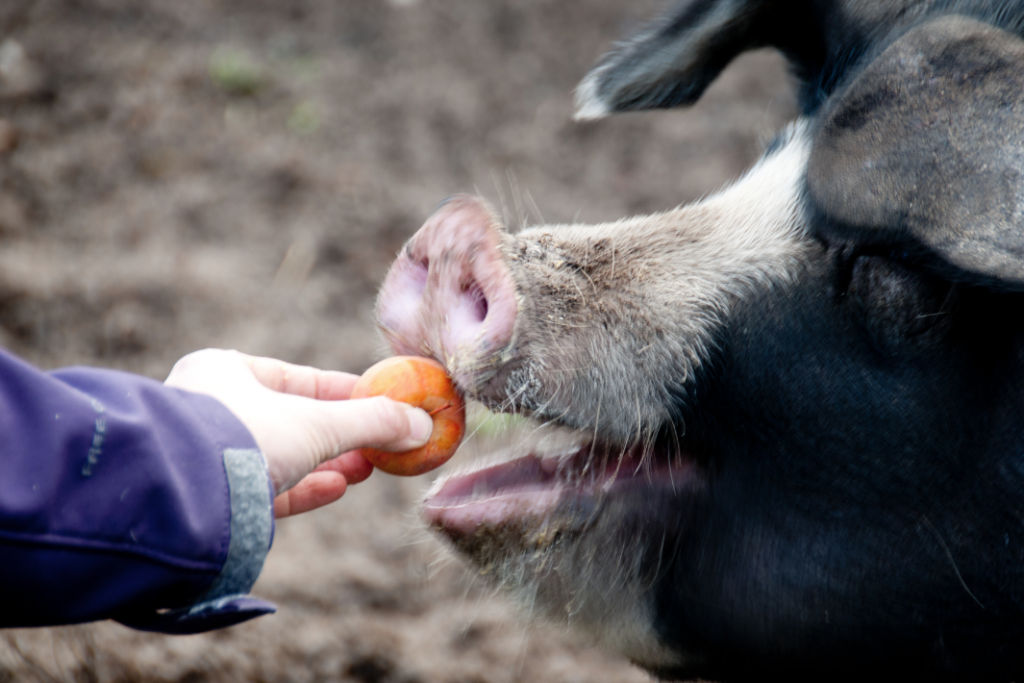Foxnuts, also known as makhana, are rapidly gaining attention in global snack markets. Once limited to regional consumption in India, they are now appearing on health food shelves across Europe.
Driven by demand for low-calorie, plant-based snacks, and backed by India’s expanding export ecosystem, foxnuts offer importers a certified, shelf-ready product with growing consumer appeal.
Global Demand Meets the Superfood from India
As consumers worldwide become more health-conscious, the demand for clean-label, nutrient-dense snacks has surged. In Europe especially, this shift is reshaping retail shelves, with buyers prioritizing snacks that are low in calories, high in plant-based protein, and free from common allergens like gluten or dairy.
Foxnuts — harvested from the seeds of the Euryale ferox plant — tick all those boxes. Naturally gluten-free, vegan, and low in fat, they offer a crunchy, satisfying texture without artificial additives or preservatives. With their subtle flavor and adaptability to sweet or savory seasoning, they’re ideal for today’s snack formulations.
Nutritionally, foxnuts compare favorably with popular Western superfoods:
- Compared to quinoa: Foxnuts are lower in calories and contain fewer carbs, making them a strong option for low-calorie snack lines.
- Compared to chia seeds: While chia is often added to smoothies or baked goods, foxnuts offer a ready-to-eat, on-the-go format with high fiber content.
- Compared to almonds: Foxnuts are lighter and easier to digest, making them suitable for senior and wellness-focused consumer segments.
This nutritional profile makes foxnuts a compelling addition to health-oriented portfolios, especially for brands seeking functional foods with a story — and an origin. Sourced largely from India’s eastern regions, they combine nutritional credibility with natural sourcing and a traceable supply chain.
Retailers and importers looking to innovate within the health snack space are now placing makhana alongside puffed chickpeas, roasted peas, and popped grains — tapping into its exotic appeal and proven health benefits.
Foxnuts in Europe: A Perfect Fit for Evolving Snack Culture
European consumers are shifting away from conventional snacks in favor of options that align with wellness, sustainability, and ingredient transparency. This evolving preference has opened the door for products like foxnuts to gain traction in both mainstream and specialty markets.
Clean-label snacks — those with simple, recognizable ingredients — now dominate health food aisles in countries like the UK, Germany, and France. Foxnuts, with their one-ingredient purity and adaptability, are perfectly positioned for this demand. They meet key criteria: no additives, no gluten, no common allergens, and a naturally light nutritional profile.
Import data reflects this shift. According to figures from ITC Trade Map and APEDA, the export of makhana from India to Europe has seen a consistent year-on-year increase, particularly in processed and ready-to-eat formats. Private-label snack brands and dry fruit wholesalers are among the key buyers.
Use cases are expanding rapidly:
- Snack Bars: Ground foxnuts are being added for texture and crunch in high-protein bars.
- Nut Mixes: Roasted foxnuts are blended with almonds, cranberries, and seeds for premium mixes.
- Gourmet Packaging: Branded foxnuts are appearing in resealable pouches under organic, keto-friendly, or Ayurvedic labels.
Retailers are not just drawn to foxnuts for their nutritional value — they also offer a compelling story of origin, cultural heritage, and sustainable sourcing from Indian farmers. This adds to their appeal in a market increasingly influenced by ethical and transparent supply chains.
For European importers looking to stand out in the growing “better-for-you” snack segment, foxnuts present both a differentiated product and a growing consumer base that’s ready to embrace them.
